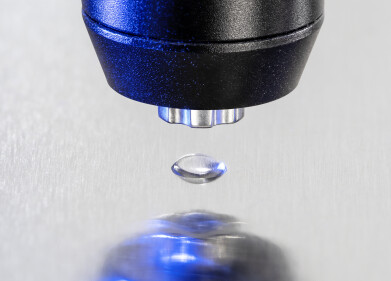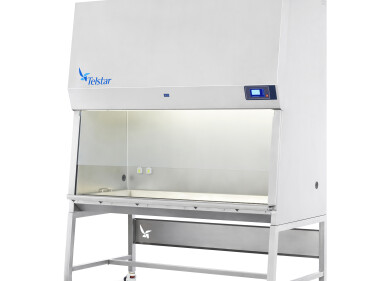Laboratory Products
Plaster of Paris benefits from lab development
Apr 10 2012
Scientists have successfully reproduced the early stages of gypsum crystals in laboratories, which could be the first step towards a more efficient method of making plaster.
Plaster of Paris is used by builders, artists and medical practitioners, and the new laboratory news could signal the first step towards making cheaper versions by producing it in labs.
Currently, plaster of Paris is manufactured using naturally occurring mineral gypsum. There are 100 million tons of plaster of Paris made each year from the naturally occurring substance, which is used widely in building and sculpting, as well as in medicine.
The current production methods are costly and have a large carbon footprint, which prompted scientists from the University of Leeds and the CSIC-University of Granada in Spain to look for an alternative method. They found bassanite nanoparticles at room temperature, which could become a low-energy way of producing the raw material for plaster of Paris.
Professor Liane G Benning from the University of Leeds said: "In nature gypsum grows as these fantastic large crystals, yet we show that in the lab gypsum actually grows through the assembly of many, tiny, bassanite crystals. These link together like a string of pearls before they crystallize to gypsum."
Posted by Neil Clark
Digital Edition
International Labmate 49.6 - Sept 2024
September 2024
Chromatography Articles - HPLC gradient validation using non-invasive flowmeters Mass Spectrometry & Spectroscopy Articles - From R&D to QC, making NMR accessible for everyone: Putting NMR...
View all digital editions
Events
Oct 06 2024 Liverpool, UK
Oct 08 2024 Gothenburg, Sweden
Oct 09 2024 Birmingham, UK
Oct 09 2024 NEC, Birmingham, UK
Oct 15 2024 Milan, Italy



.jpg)














